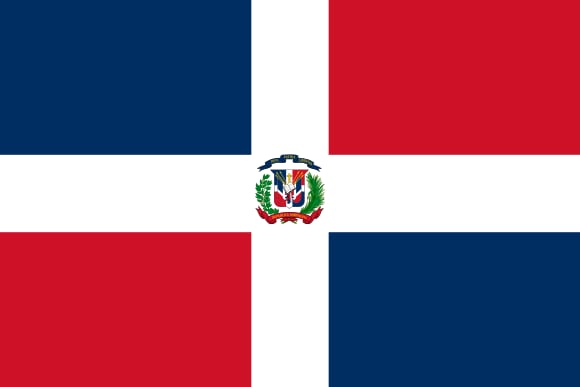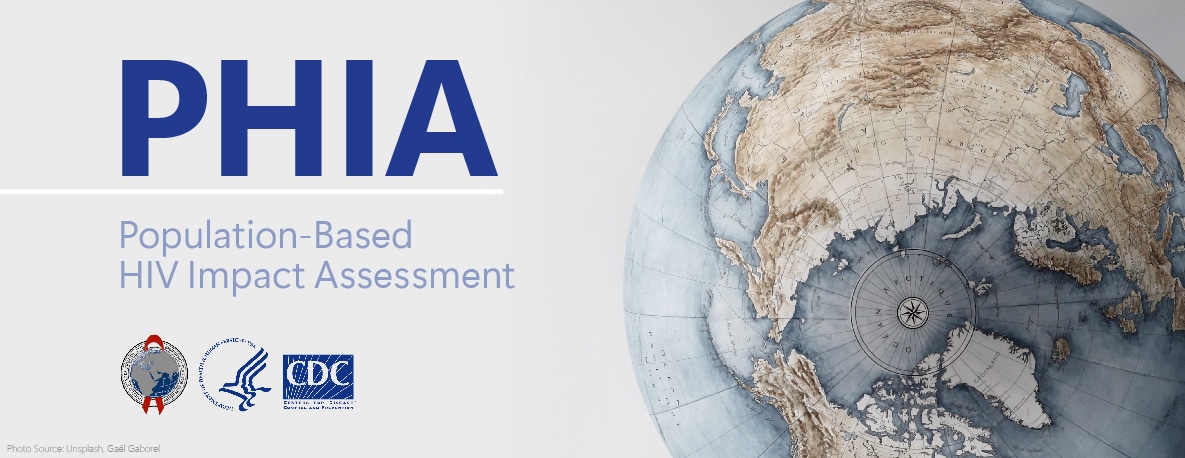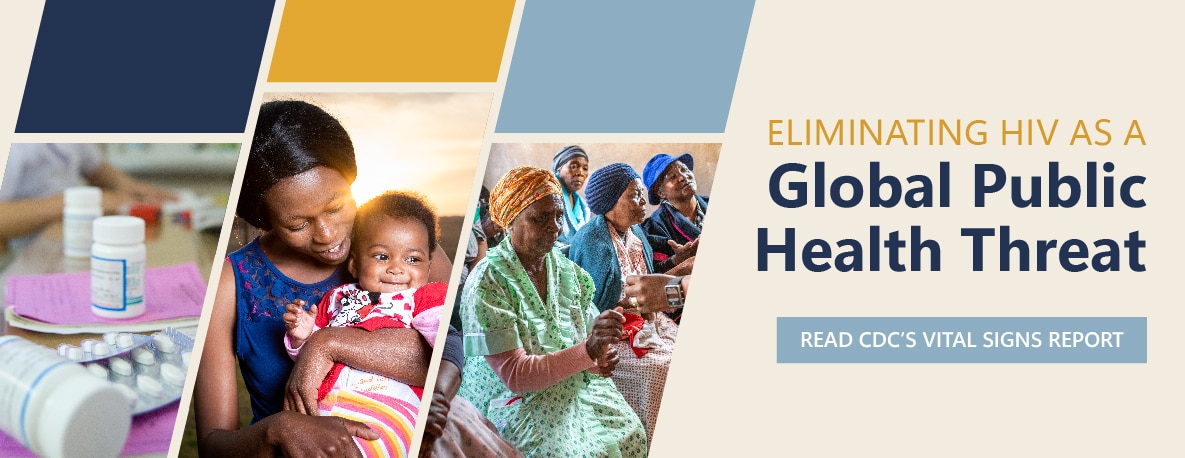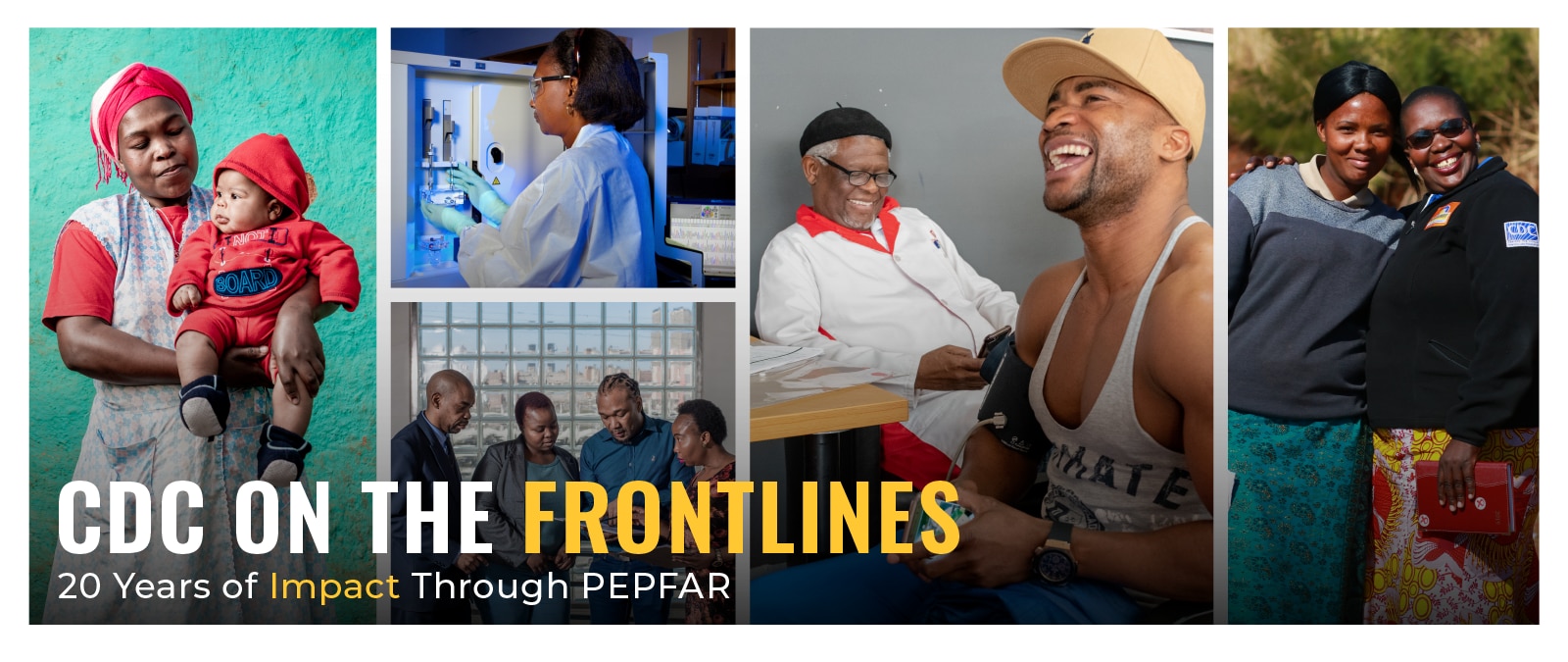Dominican Republic Country Profile

Dominican Republic Country Profile
Discover more about CDC’s work in Dominican Republic by viewing our detailed country profile
Country Overview
CDC works with the Government of the Dominican Republic in the fight against HIV and tuberculosis (TB) to increase detection, treatment, and retention in care of people living with HIV (PLHIV). The goal of this partnership is to achieve HIV and TB epidemic control; improve the quality of treatment for both diseases; and increase access to, and uptake of HIV testing, counseling, and other evidence-based interventions among key populations– including men who have sex with men, people who inject drugs, and sex workers–who are at greater risk for HIV infection. CDC also supports the Ministry of Health to strengthen its disease surveillance systems, including a national electronic surveillance system for reportable diseases; an electronic TB reporting system; and a monitoring system for patients receiving treatment for HIV.
Per Capita GNI
$9,050
(2022)
Population (million)
11.22
(2022)
Under 5 Mortality
33/1,000 Live Births
(2021)
Life Expectancy
72.6 Years
(2021)
Estimated HIV Prevalence
1.0%
(Ages 15-49): (2022)
Estimated AIDS Deaths
1,300
(Age≥15) (2022)
TB Treatment Success Rate
84%
(2020)
Estimated TB Incidence
45/100,000
(2021)
Estimated Orphans Due to AIDS
32,000
(2022)
TB patients with known HIV-status who are HIV-positive
24%
(2021)
Reported Number Receiving Antiretroviral Therapy (ART)
49,231
(Age≥15) (2022)
Strategic Focus
Centers for Disease Control and Prevention – Dominican Republic (CDC/DR) through the U.S. President’s Emergency Plan for AIDS Relief (PEPFAR) has three main goals related to HIV and Tuberculosis (TB):
1) Increase detection, treatment, and retention of people living with HIV (PLHIV) to reduce mortality and HIV transmission and reach UNAIDS 95-95-95 targets to obtain epidemic control.
2) Improve the quality of HIV and TB care, and
3) Increase access to, and uptake of, HIV testing and counseling (HTC) and other evidence-based interventions among key and priority populations (KP/PP)
Key strategies include:
1) Supporting the Government of the DR (GoDR) in the transition to Test and Start for antiretroviral treatment (ART) initiation
2) Implementing service delivery models that contribute to closing the treatment gap for KP/PP, and
3) Addressing system-wide challenges in the national HIV response, such as viral load (VL) monitoring, supply chain management, health information management and workforce capacity development
PEPFAR’s cornerstone approaches in the DR include:
1) Strategically pairing local Non-Governmental Organizations (NGO) with public sector health facilities, to foster exchanges that lead to better service quality and performance in both sectors
2) Implementing different HTC modalities, including facility- and community-based index client testing, and
3) Developing differentiated models of HIV treatment, notably through mobile clinics, to ensure that migrants and other hard-to-reach populations receive comprehensive treatment in a non-stigmatizing environment
Key Activities and Accomplishments
CDC/DR implements PEPFAR activities by working directly with the Ministry of Health (MoH) to foster system-wide changes, and supporting clinic-level activities currently focused on 9 facilities and 2 mobile clinics in 4 high-HIV-burden provinces.
Epidemiology and Surveillance: CDC/DR supports the MoH to characterize its HIV/AIDS epidemic by assisting in the development and implementation of the National HIV Patient Monitoring System (HPMS), which collects key information to describe HIV risk factors, characterize key populations, and assess the HIV cascade; and the HIV Testing Monitoring System (HTMS), which is the first nominal HIV testing registry implemented in the country.
Laboratory Systems: CDC/DR works to scale up viral load (VL) testing in all patients on ART and strengthen the quality of laboratory services to provide accurate and reliable CD4 count and VL testing. Through technical guidance and training, CDC/DR supports the MoH in complying with International Health Regulations by increasing laboratory capacity to perform molecular and genetic testing, establishing a robust public health laboratory network, and further improving the laboratory’s role in disease surveillance.
Tuberculosis: CDC/DR provides technical assistance in three primary areas: 1) strengthening infection control practices in HIV clinics; 2) ensuring clinics accurately collect and report TB and TB-HIV co-infection data; and 3) building surveillance and epidemiologic capacity through the National TB Patient Monitoring System.
CDC/DR Accomplishments include:
• Established the country’s first 2 mobile clinics in Santiago and Puerto Plata
• Developed an electronic HIV Patient Monitoring System (HPMS/FAPPS) to track individuals on ART
• Implemented the Test and Start strategy at the 11 sites CDC/DR supports
• Piloted a biometric patient tracking system to follow patients on ART across HIV care sites
• Developed and implementing a nominal electronic HIV testing register (SIREN-P)
• Implemented the first pilot project to offer pre-exposure prophylaxis (PrEP) to men who have sex with men (MSM) in the DR
• Implemented TB infection control plans at 11 sites
• Trained >200 field epidemiologists at the basic and intermediate levels

Tracking PEPFAR Impact Toward Global Targets
The U.S. Centers for Disease Control and Prevention (CDC) works with partners including host countries, local implementing partners, faith-based organizations, and other community-based organizations to measure progress towards HIV epidemic control in countries supported by the U.S. President’s Emergency Plan for AIDS Relief (PEPFAR).

Vital Signs: Global HIV Communications Toolkit
In 2003, the U.S. President’s Emergency Plan for AIDS Relief, or PEPFAR, was announced. When it was launched, PEPFAR became the largest commitment by any nation to address a single disease in history. At the time, HIV was a global crisis, devastating families, communities, and economies worldwide—particularly in sub-Saharan African countries.

CDC On the Frontlines
Over the past 20 years, the U.S. President’s Emergency Plan for AIDS Relief (PEPFAR) has saved millions of lives as a leader in the global response to two of the world’s deadliest infectious diseases – HIV and TB. As a key implementing agency of the U.S. President’s Emergency Plan for AIDS Relief (PEPFAR), CDC is at the forefront of these global efforts to treat and prevent these diseases.